|
As we race into the new school year, it is crucial to recognize and consider the importance and impact of STEM (Science, Technology, Engineering, Math) education for ALL children. The value is not merely limited to producing future scientists or engineers, not every child’s passion is in these areas. The importance is to foster critical thinking, problem-solving, creativity, and innovation—skills that are relevant in every aspect of our lives today. And don’t even get me started on how it levels the playing field and provides leadership opportunities for children who struggle with traditional academics! That will be a future post! STEM education is the key that can unlock potential in every child. It cultivates a generation of problem solvers, innovators, and critical thinkers, who will collaboratively lead society toward a more promising and productive future. Especially in elementary education, STEM introduces a holistic way of learning. It allows students to connect their lessons with real-world scenarios, making education exciting, relevant, and fun. Those of you who know me or have heard me speak, know that to me, relevancy HAS to be a priority! By integrating the Engineering Design Process often, students build resilience and adaptability, learning that it’s okay to fail and what’s important is to keep trying. The beauty of STEM learning is its inclusivity. Regardless of their background, every child deserves the chance to explore the magic of science, the creativity in technology, the innovation in engineering, and the logic in mathematics. It empowers them to understand the world and inspires them to change it. However, the challenge is to keep these lessons engaging. Time is a precious resource and as an educator, we want every minute to count! Incorporating STEM into our teaching can seem daunting. Luckily, STEM teaching resources and ideas are abundant. (See my previous posts!) Many of you know how much I value my Twitter (X) PLN for this very reason! So many STEM-passionate educators are sharing fun and creative ways to integrate these subjects into our curriculum every day. As I continue to share STEM resources that have worked well with the thousands of students with whom I’ve worked, please remember, STEM education provides an invaluable foundation for our children’s future.
It’s not just about nurturing the next Albert Einstein or Mae Jemison, it’s about empowering ALL children to be creative, confident, and capable problem solvers. By incorporating STEM into your teaching, you are setting your students on a path to success, no matter where their journey leads. What are your thoughts?
0 Comments
The first week of school is a great time to integrate STEM activities that set the stage for the expectations you have throughout the year related to teamwork, communication, collaboration, failure, empathy, and all those other crucial skills that make STEM such an inviting way to learn. Below are 3 suggestions for very BASIC STEM activities I have done using simple materials and pre-made slides that are ready to go! I hope you’ll consider including one or more in your lesson plans with your new students! Click on each title for a link to the slides, and as always, feel free to make a copy and tweak it however best fits your situation. Activity 1: Teamwork Challenge This is an oldie but goodie and I use it every year for the very first lesson. I want to ensure that my students understand that teamwork is going to be one of our most valued skills during the year. Materials: 10 plastic cups per team (4 students/team), rubber bands and string/yarn The directions/procedures I use are in the notes under each slide. Activity 2: Saving Sam This is another oldie but goodie that my digital integration team and I use to introduce teachers and students to the engineering design process in a simple non-threatening way. Whereas Activity #1 relied on larger group teamwork, this activity allows students to practice being a good partner. There are notes at the bottom of some of the slides. A picture of the setup and further information can be found HERE. Materials: clear short plastic cups, Gummy Savers (NOT the hard lifesaver candy), Gummy Worms (Pro tip: Don’t get the sour kind with the sugar coating), paper clips Activity 3: Bridge Building Challenge Simpler to conduct than many bridge-building activities, this activity will help your students see that not everything is easy. Failure, perseverance, and critical thinking are going to be important in your room this year. Materials: craft sticks, pennies (or other weights) The weights are to be used as part of the bridge, not as a load it must hold. Students can work with partners or individually. The goal of this activity is to design and build the longest bridge using only the provided materials. This will encourage problem-solving, critical thinking, and creativity. After everyone finishes, have them measure their bridges and do a gallery walk to see the different designs. Then make sure you save a few minutes for the ending discussion questions! Integrating STEM involves more than giving kids materials and a challenge to solve. Often social-emotional skills like collaboration, sharing, teamwork, effectively communicating, and staying positive through failure/ difficulty take a while to develop. Consistently modeling expectations and providing continual practice is key, and starting during the first few days sets the tone for the remainder of the year!
I’d love to hear about your favorite beginning STEM activity in the comments! #BetterTogether
Whenever I am asked what materials I couldn't live without in the STEM lab, when integrating STEM in the regular classroom, or at home, besides recyclables like cardboard tubes, these are my MUST HAVES!
I've included Amazon links (these are affiliate links), ways I use these materials in my lessons, as well as lots of actual lesson slides. As always feel free to make a copy of the lesson slides and tweak for your needs!
TONS and TONS of masking tape! I always make sure at the very least, each group has its own roll. A management strategy I use is to have students tear off an arm’s length piece and attach it to the edge of their table to they aren’t waiting for the group roll.
You’d be surprised how many kids don’t know how to tear tape. Modeling this fine motor skill and giving them time and grace to practice is important. Of course, scissors can be provided as well. Some of my STEM challenge constraints include only using a certain amount of tape (ie. 30cm). This helps kids think before building/cutting and allows them to develop other ways to attach materials together (ie. making slits in straws, pushing straw ends inside one another, etc.)
Toothpicks, I always use the round type for their strength and pointy ends which are more user-friendly for kids, are used by the box in my lessons!
I like to have plenty of both the bendable and non-bendable type straws on hand! Let the kids decide which will be better for their particular design. There is a lot of failure learning associated with the bendable kind. Allow that failure to happen, even if you see it coming!
Pool noodles make great boundary areas for activities. I tape them down with Painter’s Tape as Start/Finish lines, to make arenas for robotic challenges, and in large squares to delineate each team’s building area. In addition, they can be used in many challenges.
KEVA Planks are one of my favorite STEM materials because of their simplicity and versatility. They are lightweight, identical pieces of smooth polished wood.
I use pipe cleaners as a material choice in almost every engineering design challenge at every grade level. It always amazes me how many primary students have never held, twisted, or otherwise played with a pipe cleaner!
I always keep a huge bag of packing peanuts as part of my STEM materials. The cheapest place I’ve found them is at your local UHAUL rental store, but you can also get them at mailing stores and on Amazon. I use the common white ones a lot, but have also found that the more expensive water-soluble kind are great for various challenges as well.
Everyone’s favorite go-to for STEM challenge materials. You can never have enough, and I usually make sure I have small and large versions for kids to choose from.
STEM materials don't have to be fancy, electronic, or expensive. These are definitely 8 I wouldn't want to do without! If you have any questions about any of the suggestions or lesson slide links, please don't hesitate to reach out!
I'd love it if you would add your MUST HAVES in the comments!
The Research Shows…
I have always enjoyed reading educational research. My bookshelves at home are full of geeky research-related publications. I am always saddened that there seems to be this wide moat between the researchers/their findings and us, the practitioners, the very ones who should be applying what the research concludes - with no easy drawbridge to meet upon!
As passionate facilitators of STEM education, we know that introducing the engineering design process to early elementary students has become increasingly essential. Those of us who have worked with our smallest engineers know their minds are naturally curious and imaginative.
According to Hadani et al., “...children’s early experience builds brain architecture and lays the foundation for one’s lifelong thinking skills and approach to learning, both critical roots of STEM success.” Elementary educators play a crucial role in equipping students with these valuable skills, empowering them to become the architects of the future. Many other studies support this premise. For example, a study conducted by the University of Cambridge found that students who engage in engineering-based activities at a young age demonstrate improved problem-solving abilities and higher levels of creativity compared to their peers. These skills translate into better academic performance across various subjects, fostering a holistic learning experience. The Bigger Picture According to the U.S. Bureau of Labor Statistics, employment in STEM occupations is projected to grow at a faster rate than non-STEM occupations, creating new opportunities and demands for a technically skilled workforce.
By introducing the engineering design process to primary students, educators contribute to preparing the next generation for these emerging careers. Building a strong STEM foundation early boosts confidence and interest, opening doors to a wide range of professions, including engineering, architecture, computer science, and so many more.
Providing these positive STEM experiences at an early age is vital, as a large body of research shows that students who have not had this meaningful exposure in the elementary grades lose confidence and begin to believe that STEM-related studies are not for them by the time they are entering middle school. This is especially true for our girls. For more on this topic I highly recommend Breaking the STEM Stereotype by Dr. Amanda Sullivan. Or if you'd rather watch a webinar related to her extensive research in this area, I had the pleasure of joining her several years ago for a Wonder Workshop hosted session. You can view it HERE.
Disclaimer: This is an affiliate link in which I may receive a small commission for your purchase.
Developing a STEM Pedagogy
In its simplest form, pedagogy is defined as “the method of how teachers teach, in theory, and in practice.” As elementary school teachers, we have the unique privilege of nurturing young minds during their formative years. By introducing the engineering design process to our primary students, and regularly integrating it into our lessons, we can help them develop critical skills that will serve them throughout their lives.
Here are a few key reasons why integrating engineering design thinking into your curriculum is vital:
To Put It Simply
Introducing the engineering design process to primary students ignites their curiosity, fosters their problem-solving skills, and sets them on a path to becoming lifelong learners. As elementary educators, we have the power to unlock their potential, instilling in them the confidence to tackle complex challenges. By intentionally integrating engineering design thinking into our curriculum, we prepare our students for the exciting opportunities that lie ahead in the ever-evolving world of STEM. Remember, you are not just teaching engineering; you are nurturing students to be more successful no matter what path they follow in life! I'd love to know your thoughts! We're better together! If you haven't yet, please join my email list to get all the newest updates from Collazo Cove! I was recently asked what resources I use to develop lessons that integrate STEM and literacy/picture books. There are mainly 5 different processes I rely on to generate lesson ideas for my students.  Image by Hermann Kollinger from Pixabay Scan The Library I often love to create unique lesson ideas while sitting among the picture book section of my school’s library. I love to skim the titles, plots, and characters and imagine an engineering challenge that would integrate well with the book. As you know, kids of all ages LOVE to be read picture books so there is immediate buy in! In addition, well-written picture books include amazing vocabulary, plot development, and social/emotional connections! They are also usually short enough to provide the foundation for the STEM lesson. If your time is really limited, consider collaborating with the classroom teacher or media specialist (depending on your role) and have them read and discuss the story during their lesson, after which you can conduct the STEM lesson! If you have a picture book you’d like to use but just can’t seem to think of a good STEM lesson to integrate, reach out! It’s my favorite part of the job! Connect With Your Twitter PLN It’s hard to believe it’s been almost two decades since my friend Danita convinced me to join Twitter for professional purposes. It has connected me to the most amazing educators around the globe and provided incredible free professional development! I tell educators all the time that I can gather AT LEAST 5 new STEM lesson ideas EVERY DAY just by scrolling through my feed. Because my Twitter PLN is so amazing, I often reach out for new lesson ideas. My post might simply say, “Who’s conducted a great elementary engineering lesson using the book _____?” And the responses start coming! If you haven’t started connected with other passionate STEM educators on Twitter, I would encourage you to give it a try! Let's connect there! Utilize Artificial Intelligence OMG, friends! If you haven’t used ChatGPT or another AI engine (like Curipod - post coming soon) to help you come up with new STEM lesson ideas, stop reading this RIGHT NOW and give it a try! If you sign up for a free ChatGPT account it will keep a record of all your prompt searches so you can come back to them later. You can also share the results with colleagues! Want to see it in action? Click HERE! Talk about time saving when you are struggling for a new idea! Search and Curate Pinterest Boards For many of us this is an oldie but still goodie! Many people use Pinterest for personal interests, but there are amazing educational pin collections as well! Create or login to your account, type “STEM and Literacy” in the search box and voila! A huge rabbit hole for you to explore for the next several hours! LOL! Don’t forget to create boards of your own to organize all your amazing finds! I am currently working on creating new boards for my new Collazo Cove account and will be transferring many from my personal collection. Still a work in progress (actually just starting)! But feel free to FOLLOW me now so you don’t miss anything! I want the boards to be helpful to you! Read Blog Posts I used to be an avid blog reader when the old Google Reader was alive (yes, I’m that old!). I recently learned about another blog aggregator called Feedly and have started using it. Blog aggregators collect the newest posts published by bloggers you like to follow and bring them straight to your feed. Every time I find a new blog that relates to the topic of STEM, I add it to my Feedly collection. It’s like opening an idea treasure box whenever I have a few minutes to skim the posts. HERE is a quick video on how I set it up! I'd love to know how you generate new ideas to integrate STEM and Literacy! Please share your suggestions! We're better together! If you haven't yet, please join my email list to get all the newest updates from Collazo Cove!
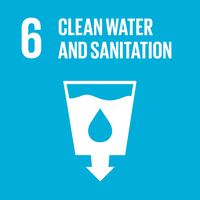 Did you know that today is World Water Day? It is a day when people all around the planet learn about and commit to conserving one of Earth’s most vital natural resources - WATER! The United Nations Sustainable Development Goal #6 is for EVERYONE on the planet to have safe water and sanitation by the year 2030 ("Ensure availability and sustainable management of water and sanitation for all."). According to the World Water Day website, we are definitely not going to meet that goal unless things change drastically! Elementary students often feel like they are not big enough, powerful enough, or old enough to make a difference when it comes to big issues like a global water crisis. However, we can increase their understanding, sense of ownership, and empowerment when we provide interactive, relevant STEM activities. After exploring the World Water Day site and thinking about how to include our students in becoming more educated inhabitants of our planet, these activities came to mind:
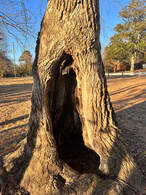 My day was made yesterday when two of my colleagues shared this picture of a beautiful tree hollow with me! Not only because I think tree hollows are magically amazing, each with their own unique characteristics, but because of what my friends shared next. They told me how on their weekly walks along this same path, they had obviously passed this tree many times. However it wasn't until they had read my new picture book, Beasties of the Tree Hollows, that they actually noticed its incredible hollow! As I mention in the "Dear Reader" section of my new picture book, I have always loved tree hollows and take pictures of every one I notice. Many of my actual photographs create the backgrounds of the pages of the book. But even for me, I am noticing tree hollows in so many more places now that my book has been published, and I can't help but imagine what Beasties live there! This is exactly why I wrote Beasties of the Tree Hollows! I hope kids (young and not as young) will get out and notice more of the amazing natural resources all around us. And I hope, even more, that we all will never get too old and jaded that we are unable to imagine the Beasties! By the way, if you'd like to listen to the podcast my friends Rachel and Rebekah record on their walks, subscribe to their podcast "Everything, But Nothing Really".
|
Kim CollazoSTEM Advocate and Picture Book Author Archives
April 2024
Categories
All
|

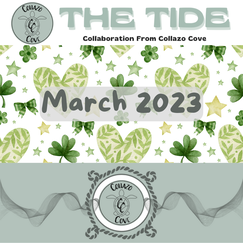
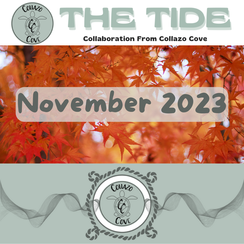
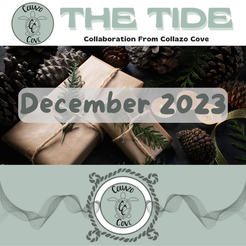
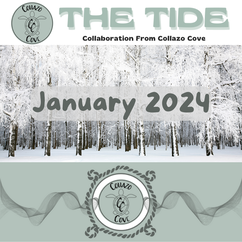
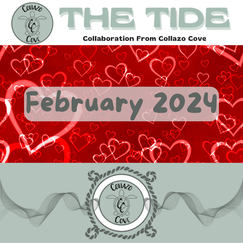
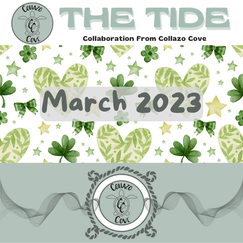
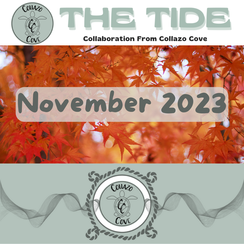
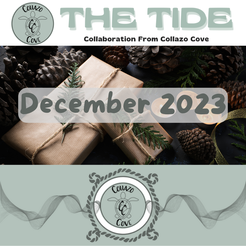
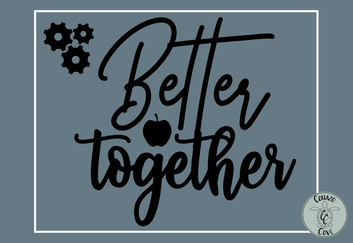
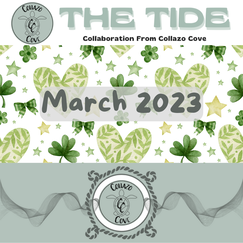
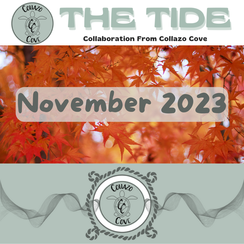
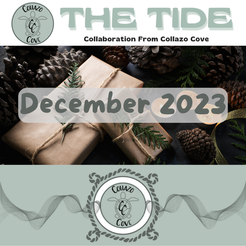

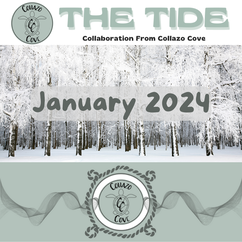
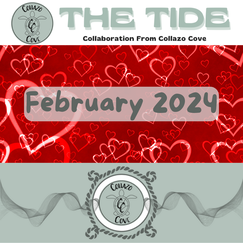

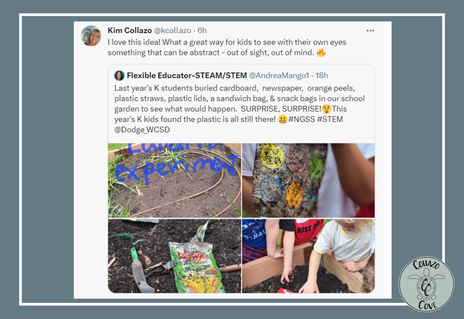
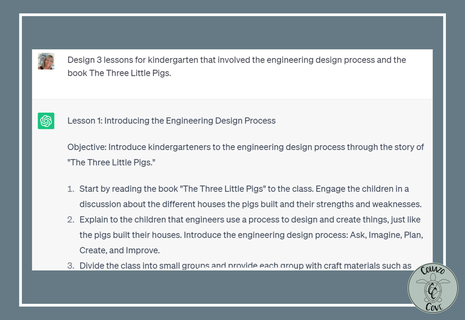
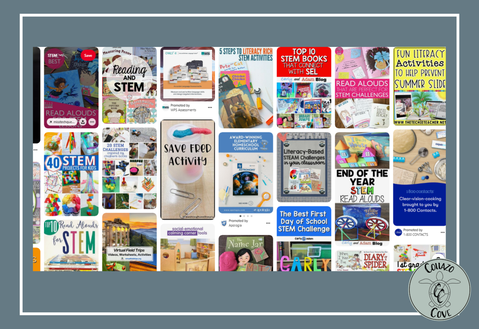



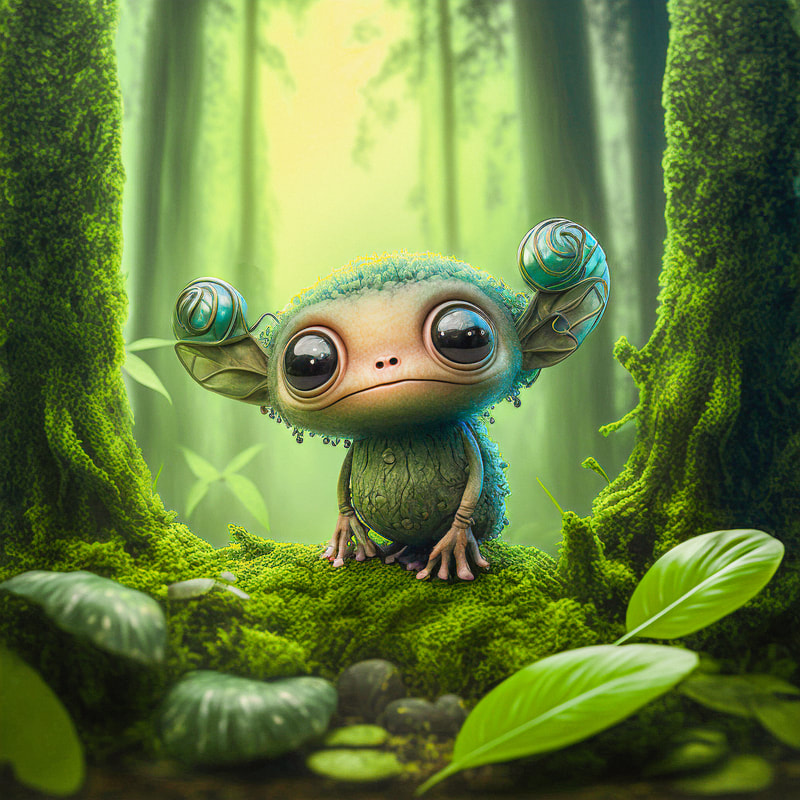
 RSS Feed
RSS Feed